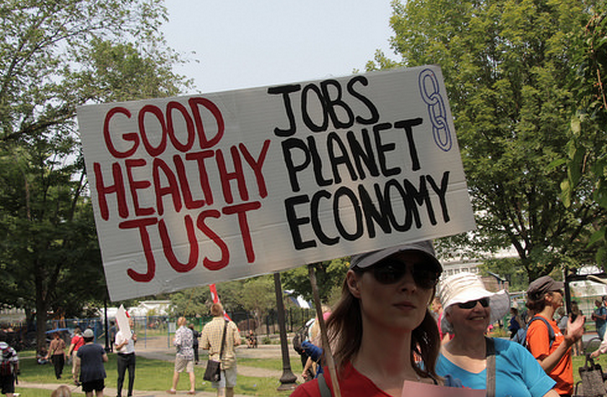Another Hard Labor-Environmental Issue

As I’ve somehow became a national expert on the relationship between the labor and environmental movements, I often get asked to comment on stories like this one in the Albany Times-Union on a plan burn old tires to fuel a local cement plant. This seems like…not a real great idea. But, jobs.
Labor unions and environmentalists are squaring off over a plan to burn used tires to power the LaFargeHolcim cement plant in Coeymans, marking one of the latest chapters in what has long been an uneasy co-existence between the two groups which typically are aligned in other causes.
The latest scuffle could come to a head on Monday as the Albany County Legislature prepares to vote on a clean air bill.
Supporters of the bill have been urging county legislators to pass the measure in order to help stop LaFarge’s tire burning plans, which they believe would lead to unacceptable levels of air emissions.
Members of the Steelworkers union that represents LaFarge employees, however, worry that the bill could hurt the plant. They want an amendment put forth by LaFarge that would let the tire-burning move forward.
Ugh. But the reality is that who can blame workers who need jobs for wanting jobs?
Such union-environmentalist conflicts pose dilemmas, noted Erik Loomis, an associate professor at the University of Rhode Island, who has written widely on the relationship between unions and the environment. There are cases where the two can work together on clean technology projects.
But he said the scarcity of good paying blue collar union jobs these days, such as those at LaFarge, makes for a built-in conflict.
“The current tensions between the two movements are a result of structural changes in the economy and society that both made the lives of workers unstable and turned environmentalism into a more upper-class movement, even as it is largely working-class people who benefit from air and water protections due to the fact that they tend to live nearer to sites of toxicity,” said Loomis.
“Ultimately,” he believes, “the way out of this dilemma is the combination of a government-guaranteed jobs and environmentalists fighting for a green economy that is also a unionized economy.”
“That should be the goal of both the labor and environmental movements,” Loomis added. “But on something like this project, there’s no good answer that will satisfy both movements.”


